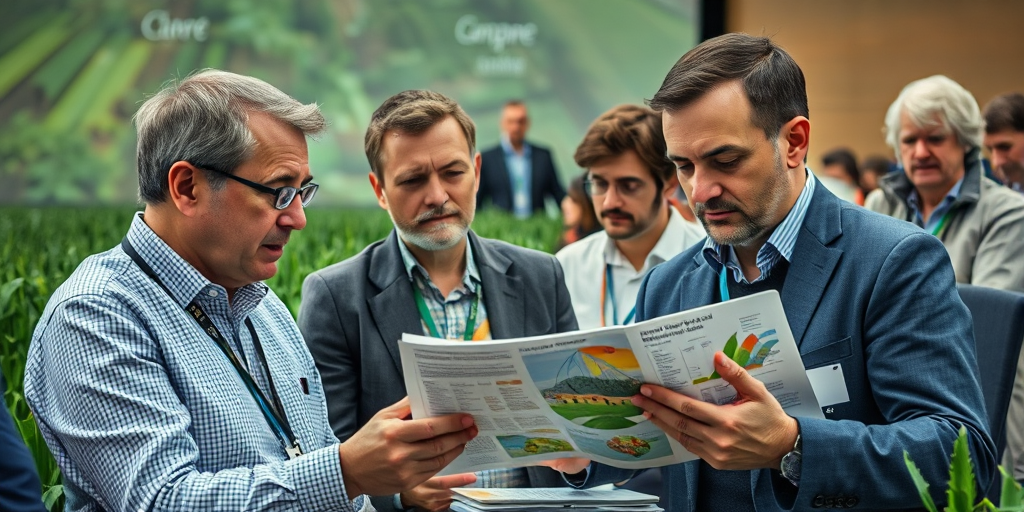The Future of Crop Diversity in a Consolidating World
In the heart of Europe’s agricultural sector, a tectonic shift is unfolding. As sustainability and resilience gain prominence over mere yield increases, a profound dialogue emerges around the preservation of crop diversity. Today, about 80% of Europe’s agricultural acreage is dominated by a few key crops—maize, wheat, and sunflower—prompting concerns about innovation, soil health, and long-term food security.
The Significance of Crop Diversity
Crop diversity is more than an ecological boon; it’s an integral component of resilience in agricultural systems. It ensures food sovereignty by reducing reliance on global imports, supports soil fertility through effective crop rotations, and enhances adaptability to environmental and regulatory changes. Regis Fournier, a strategic advisor to Limagrain Field Seeds, underscores the gravity of this issue: “The decisions we make today will impact agriculture for the coming decades, not just the next few years.”
Despite the importance of diversity, structural incentives currently remain insufficient. Farmers are driven by immediate financial returns, while seed companies vie for predictable market outcomes. The need for diversification mechanisms has left many alternative crops sidelined, creating a precarious landscape for Europe’s agriculture.
Incentives and Initiatives
Efforts to encourage crop diversification have started to take shape. France has launched a €50 million initiative to promote pea cultivation, co-funded by the government, the agri-food chain, and prominent seed companies like Limagrain, RAGT, and Florimond Desprez. The initiative aspires not only to lessen reliance on imported protein crops but also to enhance soil health through leguminous crops. “It’s a big bet on the future for a crop that would not justify such an investment without collaboration,” says Fournier.
Yet, these steps to nurture diversity are overshadowed by the dominant economic incentives for traditional crops. The European Plant Variety Protection (PVP) system, despite its support for genetic innovation, faces challenges. The potential narrowing effect of overlapping patent protections with breeding rights could restrict market options for farmers, further complicating matters.
Soil Health: Europe’s Undervalued Asset
At the core of these challenges lies the crucial yet undervalued asset of soil health in Europe. Present financial models fail to adequately reward farmers for practices that build soil fertility. Regis Fournier emphasizes the need for soil stewardship to be translated into a measurable form of value, drawing parallels to carbon monetization strategies.
“When you ask a farmer in the Midwest or in India what is his main concern, you get the same answer: ‘the fertility of my soil,'” Fournier notes. “We need to find a way to motivate them to get value also by improving the value of their soil asset.”
Implications for the Future
The stakes are high, with potential consequences echoing beyond European borders and affecting global food security. In a rapidly consolidating world, the preservation of crop diversity becomes an act of collective responsibility. It calls for the concerted efforts of breeders, policymakers, and farmers alike. Genetic options must remain open, and policies must create space for alternative crops to thrive.
For American audiences, the challenges and initiatives seen in Europe offer valuable lessons. With similar pressures in our agricultural sectors, initiatives like these could inspire policy innovation here at home, fostering resilience and sustainability within our own communities.
Conclusion
Ultimately, the message is clear: maintaining crop diversity and empowering farmer choice are critical to feeding future generations while sustaining ecological and economic resilience. As Woke News continues to report on these developments, the role of local community actions in addressing global challenges becomes increasingly evident.
Farmers, policymakers, and residents in our own regions are encouraged to engage with these global trends—ensuring our agricultural systems are resilient today and sustainable for tomorrow.







